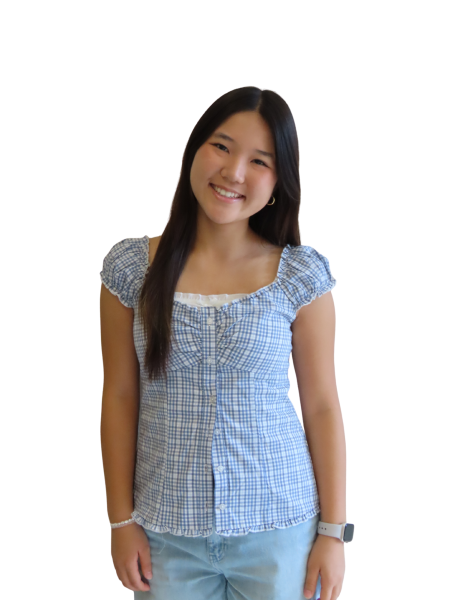Most students have a clear distinction between school and family life, but for some, the two aspects coincide. Being the child of a teacher brings unique experiences, allowing students to have personal connections in the school setting, but it also brings its own challenges.
As children of education professionals, students carry the burdens of completing their homework and staying on top of their studies. Although it allows the students to feel more prepared, their parents’ requirements may seem demanding.
“She gets on me about my homework every night especially for her class when I took it last year. She made sure I had my notes done, and when I shared a [notes document], she ridiculed me because I wasn’t doing my own notes. She always told me if I did my own notes, I’d get better grades,” said Macy Ellis, senior.
Teachers also use their expertise to help their children with their studies, which allows students to form a deeper understanding of the topics their parents teach.
“It’s actually really nice that he teaches here because he’s also friends with my chemistry teacher, Mr. Burton, so he can help me a lot with my homework. I feel like that makes my life easier, then I can also help my friends with their homework,” said Zoe Lannen, sophomore.
Most of these students have grown up at OHS from a very young age, and are familiar with the school environment and all the teachers. Naturally, this was the driving factor for teachers who decided to send their children to OHS.
“They’ve been coming to O’Connor since they were little: running around the football field and coming to games. It’s just been in their DNA to be an eagle,” said Cindy Garraway, ELA teacher.
Students feel very comfortable in the classrooms their parents teach in, almost graying the barrier between a student-teacher and child-parent relationship. This relationship gives kids of teachers a comfort that most students cannot experience at school.
“I do call him Mr. Lannen at school because it’s weird to say dad to a teacher, but I can still be friendly with him and be like, ‘Can you help me with this?’ and ask him ‘What are we eating for dinner?’ [and] he’s like ‘Hi Zoe’ all the time,” Lannen said.
The students’ familiarity with the school brings its advantages and disadvantages. Knowing the staff that works at the school can get them advantages, such as parking spots.
“My parking spot is pretty good, it’s at 70… the office ladies love me because I’ve been here my entire life, so they gave me a good one,” said BillyBob Baumgartner, junior.
Being known as a teacher’s child also provides an incentive to be wary of their choices in the classroom.
“She has her little spies everywhere because she knows a lot of my teachers so I can’t say anything too drastic or otherwise, I fear they will tell my mom,” Ellis said.
Not only are these students representing themselves at school, but they are representing their parents and their family dynamic, which causes them and their parents to be more cautious when following school rules.
“Especially because he teaches here, I have to not break the dress code because he’ll yell at me before I walk out [of] the house. He’s definitely on top of me completing my homework, but it’s nice because I complete my homework,” Lannen said.
One of the greatest advantages students gain from having teacher-parents is the ability to easily adjust their schedules before school starts or even mid-year.
“My dad goes and sees my schedule a week before school starts and he’s able to decide if he wants me to have those teachers or not,” Lannen said.
Teachers in turn have the advantage of being involved in their children’s lives and knowing what goes on at their school by sending their children to OHS.
“I know exactly what classes she’s taking and I know the teachers that she is working with, so if there are issues, I can talk to those teachers,” said Tiffany Ellis, history teacher.
By learning from their children, teachers better understand the teenagers in their classrooms, which strengthens their profession.
“As a teacher, your clientele is that demographic of a teenager. You have your own at home, and instinctively it’s going to make you a better teacher overall… even understanding their lingo, and different nuances that they have as a teenager, and jokes and things like that I wouldn’t probably get if I didn’t have kids of my own,” Garraway said.
Amidst all the difficulties, teachers and students can be there alongside each other during school hours, shaping unique memories different from ones made at home.
“Shay comes up every morning because her class is right across the hall and gives me a hug, and Callie is in my AP class so I get to see her every day. It’s just really sweet and I’m gonna cherish these times that they’re here and I know I’m gonna miss them when they’re gone,” Garraway said.



